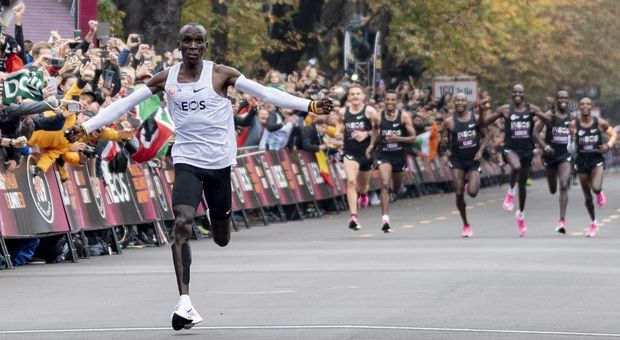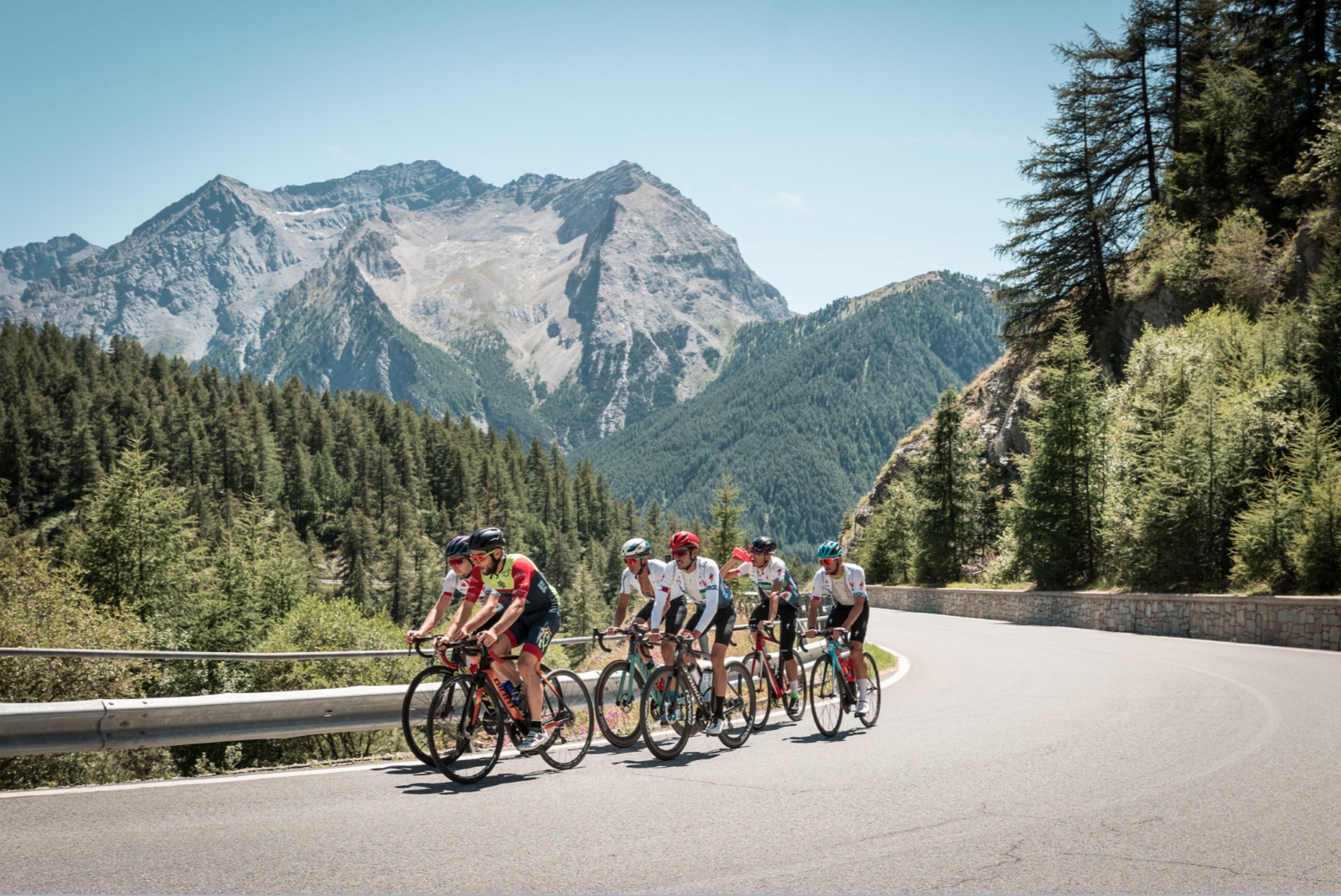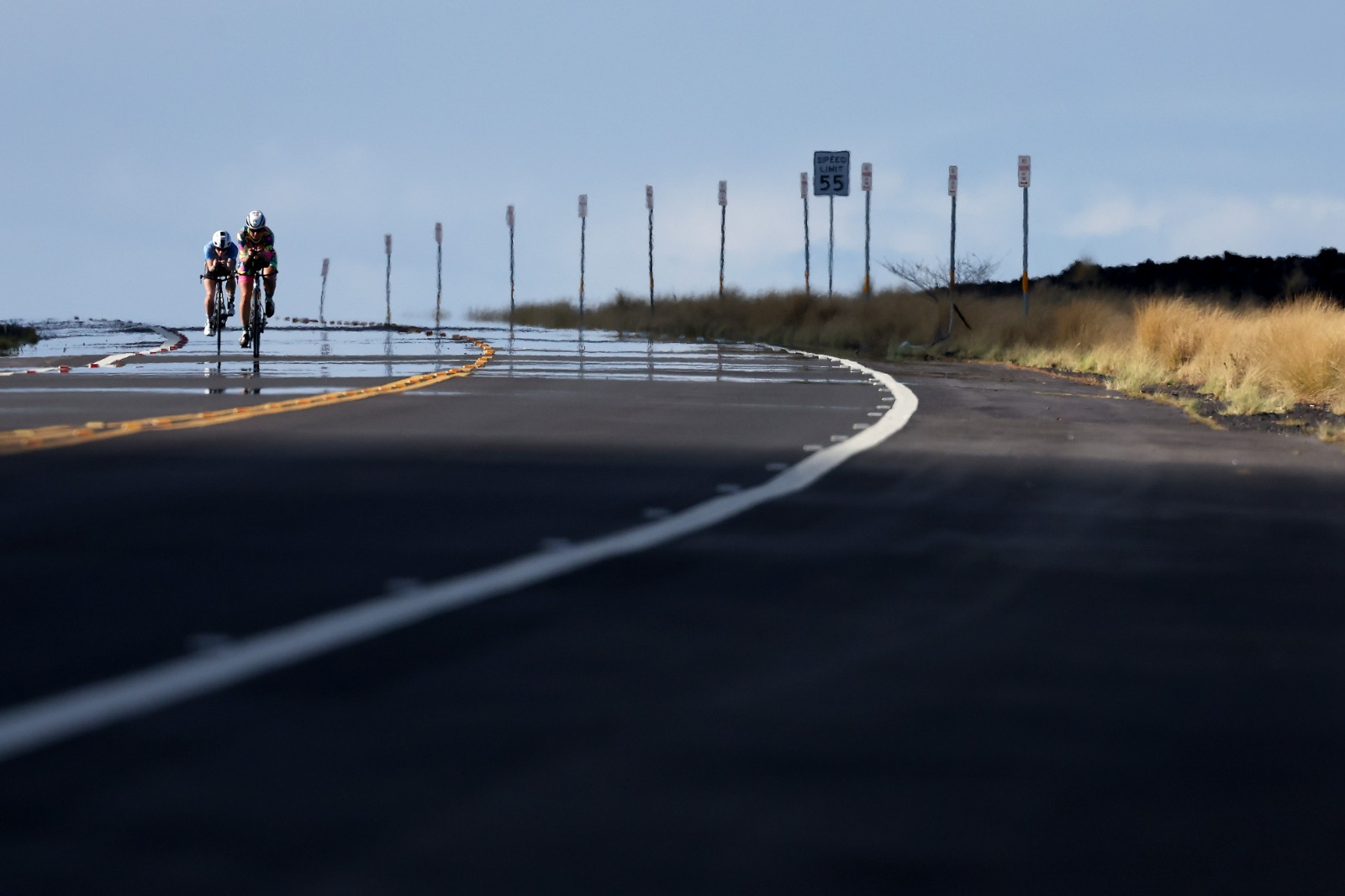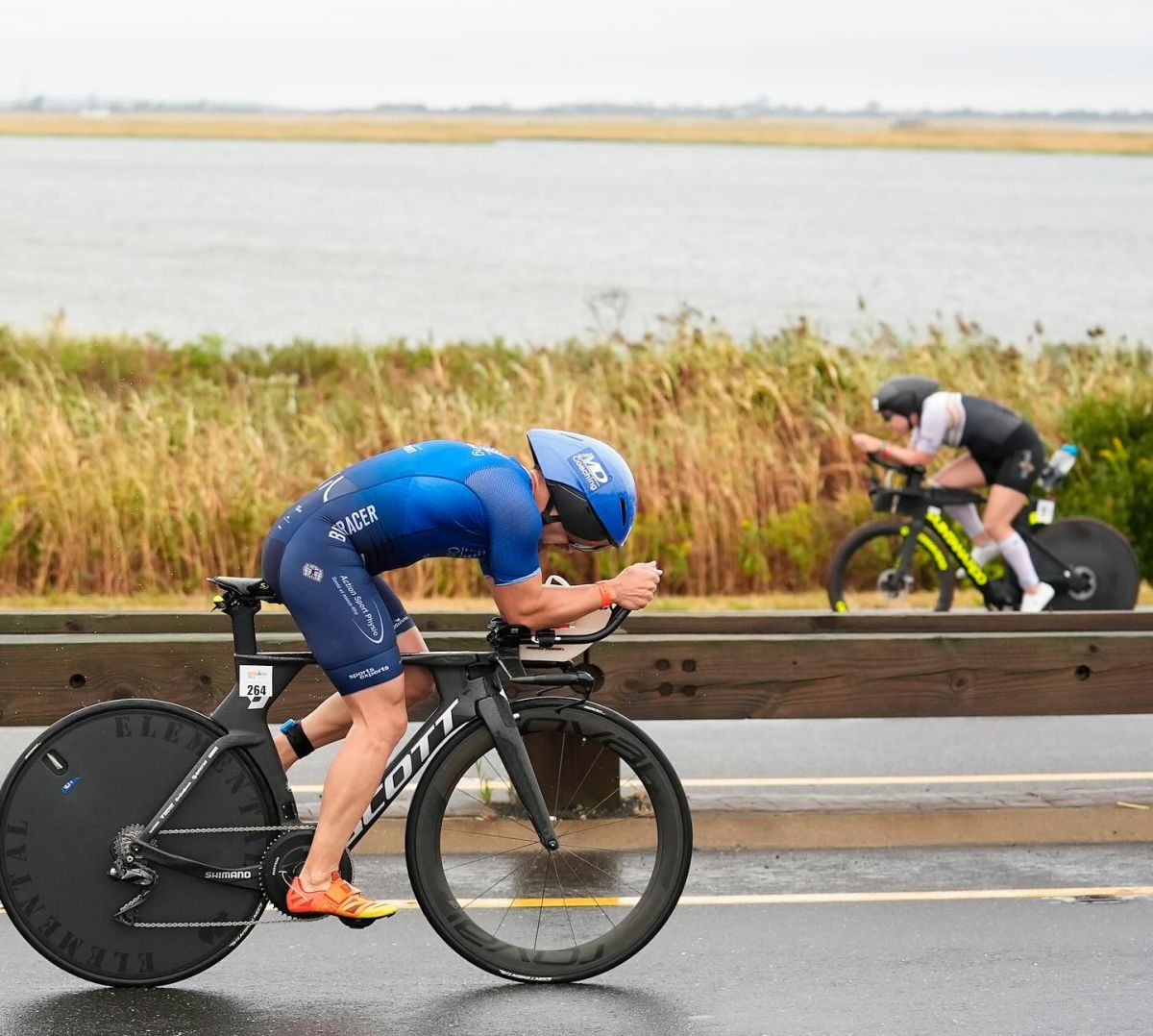
Le abbiamo notate tutti ai piedi dei campioni. Le “fly shoes”, i nuovi modelli di scarpa da running, hanno colori sgargianti e suole abbastanza evidenti, oltre a un costo considerevole – dai 200 ai 300 euro – e, ahimè, una durata limitata.
Ma qual è il principale scopo di questo nuovo tipo di calzature? Attraverso inserti di carbonio e mescole di suole sempre più “morbide”, offrono a ogni appoggio un ritorno elastico importante, migliorando, in molti casi, la performance. Negli ultimi tre anni quasi il 92% delle competizioni su strada più rilevanti è stato conquistato da atleti che indossavano le scarpe di nuova generazione o, come le chiamo io, le “fly shoes”.
Evoluzione e futuro
Per qualche anno ci si è concentrati sull’intersuola e sulla sua mescola, pensando che fosse quella a offrire un maggior aiuto alla propulsione del podista. Si è visto invece che inserendo uno “strumento” rigido e leggero come una piastra in carbonio tutti i modelli di scarpe hanno subito offerto un gradiente di miglioramento molto molto più ampio. Si è notato inoltre che anche la forma delle suole può aiutare il podista nel suo sforzo.
Il 2020 è stato l’anno della rivoluzione, ovvero dell’apparizione, e non di un’unica scarpa prodotta da una sola azienda. Sono stati diversi infatti i marchi che si sono attrezzati e hanno realizzato modelli più o meno performanti, più o meno adatti alle diverse tipologie di “podisti”.
“Doping” tecnologico?
La vera notizia però non sta nel fatto che questi modelli di scarpa migliorino la velocità. La più grande novità infatti è che rendono la corsa meno dispendiosa nella fase di appoggio-spinta e quindi permettono una performance costante spendendo meno energia e riuscendo a mantenere un ritmo elevato anche nella seconda parte di una gara di media lunghezza o nella frazione di corsa di una competizione di triathlon (che non è altro che una corsa preaffaticata).
Non a caso il primo modello delle “fly shoes” si chiamava Vaporfly 4%: si era valutato, attraverso ricerche scientifiche dedicate, che quello fosse l’indice di miglioramento medio o meglio il minor affaticamento muscolare specifico rispetto a scarpe normali. È evidente che questo miglioramento è una media del risultato dei test effettuati sui diversi runner.
Esistono grosse differenze fra i vari modelli e soprattutto fra i vari stili di corsa.
Senza approfondire troppo l’aspetto scientifico, l’inserimento della piastra di carbonio è stato come l’uovo di colombo: assorbe buona parte dell’energia e la rioffre nella falcata successiva.
Tecnica differente
È quindi evidente come ormai moltissimi podisti e triatleti decidano di utilizzare queste scarpe. Va detto subito che non sono scarpe da jogging. Ma, al di là del tema etico che non ci compete analizzare, il discorso più importante da valutare è il cambio di meccanica di corsa.
Queste calzature necessitano di alcune skill che solo usandole (negli allenamenti veloci) si possono acquisire. E probabilmente, come successe nell’era dei “costumoni” nel nuoto, ci saranno atleti che con questi strumenti saranno molto performanti a discapito di altri per i quali il miglioramento sarà molto contenuto.
Problemi fisici
Accanto a evidenti miglioramenti cronometrici, l’adozione di questi strumenti nasconde anche uno stress maggiore alle componenti tendineo articolari degli arti inferiori. Alla lunga questo stress differente, e questo continuo cambio di vibrazione fra scarpa da allenamento e da gara genera e genererà patologie acute e croniche completamente differenti da quelle che solitamente stressano la muscolatura coinvolta. Le più frequenti sono infatti le tendiniti e tendinosi dell’achilleo e i problemi al polpaccio.
Gli errori, a mio modesto avviso, sono di diverso tipo:
1. L’adozione delle “fly shoes” per tutti senza considerare appoggio, peso e velocità di corsa;
2. Molti atleti le usano solo per le competizioni, niente di più sbagliato. Le vibrazioni che generano all’apparato locomotore sono da adattare e quindi vanno usate in ogni allenamento veloce;
3. Sono scarpe costose e spesso si usurano in fretta, vanno cambiate più frequentemente rispetto ai modelli “tradizionali”;
4. L’uso di queste scarpe anche nelle categorie giovanili;
5. Diversi modelli costruttivi possono essere adeguati a diverse modalità di corsa. È necessario, soprattutto all’inizio, usarle più spesso, perché qualcosa deve cambiare dalla “nostra” tecnica.
(in english)
“Fly Shoes”: but do these running shoes really make you fly?
We have all noticed them at the feet of the champions. The “fly shoes”, the new models of running shoes, have bright colors and quite evident soles, as well as a considerable cost – from 200 to 300 euros – and, a limited duration.
But what is the main purpose of this new type of footwear? Through carbon inserts and compounds of increasingly “soft” soles, they offer an important elastic return to each support, improving performance in many cases. In the last three years, almost 92% of the most important road competitions have been won by athletes who wore the new generation shoes or, as I call them, the “fly shoes”.
Evolution and future
For a few years we focused on the midsole and its compound, thinking that it was the one that offered the most propulsion for the runner. Instead, it has been seen that by inserting a rigid and light “tool” such as a carbon plate, all shoe models immediately offered a much wider gradient of improvement. It has also been noted that the shape of the soles can also help the runner in his effort.
2020 was the year of the revolution, or the appearance, and not of a single shoe produced by a single company. In fact, there have been several brands that have equipped themselves and have created more or less performing models, more or less suitable for the different types of “runners”.
Technological “doping”?
The real news, however, is not that these shoe models improve speed. The biggest news in fact is that they make running less expensive in the support-push phase and therefore allow a constant performance by spending less energy and managing to maintain a high pace even in the second part of a medium-length race or in the fraction of a race. a triathlon competition (which is nothing more than a pre-fatigued race).
It is no coincidence that the first model of the “fly shoes” was called Vaporfly 4%: it was evaluated, through dedicated scientific research, that this was the average improvement index or rather the lower specific muscle fatigue compared to normal shoes. It is evident that this improvement is an average of the results of the tests carried out on the different runners.
There are big differences between the various models and especially between the various running styles.
Without delving too deeply into the scientific aspect, the insertion of the carbon plate was like a “big idea”: it absorbs a large part of the energy and re-offers it in the next stride.
Different technique
It is therefore evident that by now many runners and triathletes decide to use these shoes. It must be said right away that they are not jogging shoes. But, beyond the ethical issue that we do not have to analyze, the most important issue to evaluate is the change of racing mechanics.
These shoes require certain skills that can only be acquired by using them (in quick workouts). And probably, as happened in the era of “swimsuits” in swimming, there will be athletes who will perform very well with these tools at the expense of others for whom the improvement will be very limited.
Physical problems
Alongside obvious chronometric improvements, the adoption of these tools also hides greater stress on the tendon and articular components of the lower limbs. In the long run this different stress, and this continuous change of vibration between training and competition shoes generates and will generate acute and chronic pathologies completely different from those that usually stress the muscles involved. The most frequent are in fact Achilles tendonitis and tendinosis and calf problems.
The errors, in my humble opinion, are of different types:
1. The adoption of “fly shoes” for everyone without considering support, weight and running speed;
2. Many athletes only use them for competitions, nothing more wrong. The vibrations that they generate in the musculoskeletal system must be adapted and therefore must be used in every fast workout;
3. They are expensive shoes and often wear out quickly, they need to be changed more frequently than “traditional” models;
4. The use of these shoes also in the youth categories;
5. Different construction models can be adapted to different running modes. It is necessary, especially at the beginning, to use them more often, because something has to change from “our” technique.



